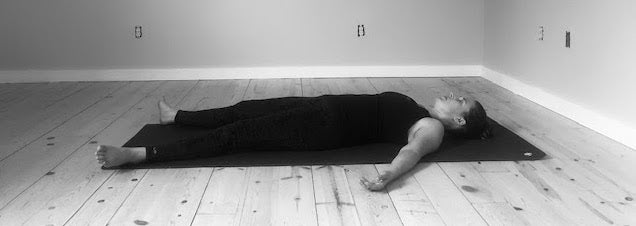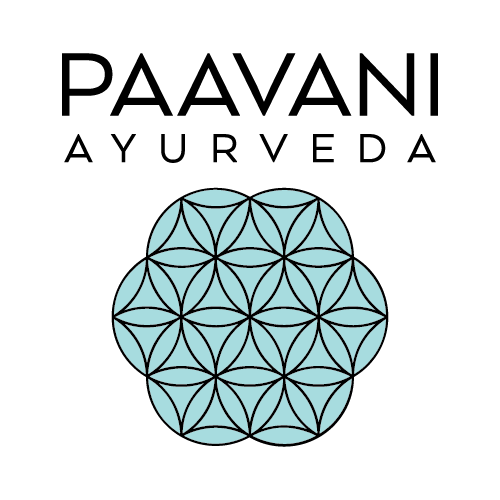
Savasana: An Ayurvedic Guide to Corpse Pose

Savasana, also known as Corpse Pose, is for many, the best part of any Yoga practice and it is actually the most important asana (posture). It gives the body and mind time to rest, recover and assimilate after the physical Yoga is complete and it can elevate our consciousness. Although Savasana looks like naptime, the posture actually asks us to be completely relaxed yet still completely aware. When practiced correctly, corpse pose brings us into a meditative state. Let’s look at some of the various benefits of this posture:
From the Ayurvedic lens, this posture is necessary for balancing all three doshas; however, there are different ways to practice the asana which will make it more beneficial for each dosha.
Vata- People that are vata predominant or experiencing a vata imbalance can practice Savasana daily and anywhere from 20-30 minutes is ideal according to Ayurvedic scholar, Dr. David Frawley. Spending a longer amount of time in savasana will help stabilize light, cold and mobile vata dosha and this in turn will calm the nervous system and dispel insomnia, anxiety, nervousness and fear. For extra grounding energy in Savasana, we suggest covering yourself with a blanket, using an eye pillow and even placing a Yoga sandbag across the pelvis (if you have one handy). Focus on relaxing into stillness.
Pitta- People that are pitta predominant or experiencing a pitta imbalance can practice Savasana daily and anywhere from 15-25 minutes is suggested by Ayurvedic scholar, Dr. David Frawley. This posture helps to soothe and cool the fiery aspects of pitta dosha and restore a sense of calm and center in the body and mind. Using an eye pillow during Savasana is wonderful to balance pitta dosha as it helps to quiet the mind. Focus on letting go into stillness.
Kapha- People that are kapha predominant or experiencing a kapha imbalance can practice Savasana daily and anywhere from 5-15 minutes is recommended by Ayurvedic scholar, Dr. David Frawley. This posture can actually uplift the heavy, melancholy energy associated with kapha because it brings the practitioner into a state of body and mind awareness. We highly encourage that Savasana is preceded by a kapha balancing Yoga practice to benefit kapha dosha even further. Focus on releasing and relaxing.
How to Do Savasana:
- Lie down on your back on your yoga mat with the legs stretched out and hip distance or a little further apart.
- Relax the ankles, allowing them to fall where they want to fall.
- Root the shoulders down and gently tuck them under you.
- The arms are long by your sides with the palms face up.
- Lengthen the neck and gently draw the chin towards the chest.
- Relax the muscles of the face.
- Allow the jaw to soften.
- Take a deep exhale and allow the body to completely relax.
- The breath is soft and natural and your focus is on the breath moving in and out.
- Stay here for 5-30 minutes.
- To come out, slowly deepen the breath.
- Bring your awareness to your body and slowly start to wiggle your fingers and toes.
- Inhale and draw the knees together and into the chest.
- Gently rock from side to side.
- Roll over to the right side body, into a fetal position and pause there for three rounds of breath.
- Press into the left hand and slowly bring yourself up into a comfortable seated position.
Precautions:
Contraindications for Savasana:





Leave a comment
This site is protected by hCaptcha and the hCaptcha Privacy Policy and Terms of Service apply.